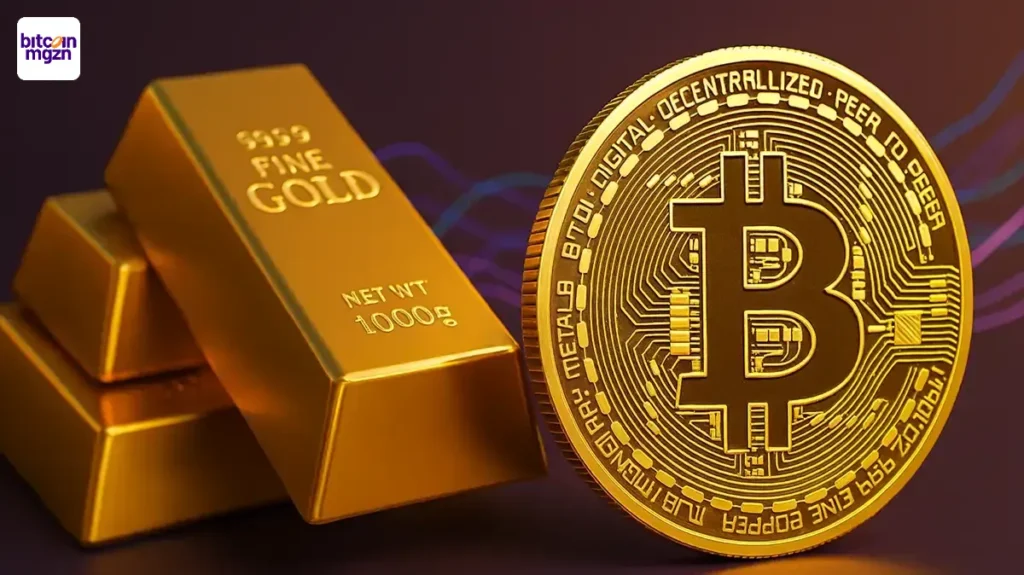Most Popular Mistakes Made by Novice Traders
Most Popular Mistakes Made by Novice Traders
Trading financial markets, whether in stocks, FX, cryptocurrencies, or commodities, can be both thrilling and intimidating. Here are the top 5 common mistakes. Though many soon discover that success demands more than just intuition, new traders frequently enter the market with optimism and hopes of making rapid profits.
In actuality, novice errors frequently decide whether a trader makes it through the first several months or loses everything.
Trading Without a Clear Plan Is the First Mistake
Many novices start trading without a well-thought-out plan. Rather, they mimic the actions of others or rely on instinct. They are more susceptible to inconsistent and emotionally driven decisions as a result of their lack of preparation. For those just entering the market, following a beginners guide copy trading can provide a structured approach, helping them understand how to mirror experienced traders while maintaining discipline.
A trading plan should outline:
- Entry and exit criteria.
- Risk management rules.
- Position sizing.
- Goals and time horizons.
Traders frequently find themselves chasing arbitrary opportunities and making rash transactions in the absence of such a plan. In addition to offering guidance, a well-defined plan also helps eliminate emotion from the situation.
Mistake 2: Putting Too Much Money at Risk in a Single Trade
New traders frequently overleverage or place high bets on a single deal because they are anxious to maximize returns. A single bad deal could wipe out a sizable chunk of their cash, therefore this habit can be disastrous.
Title: Top 5 Common Mistakes New Traders MakeRisk management is emphasized by professional traders as the cornerstone of long-term survival. Never risk more than 1% to 2% of capital on a single trade, according to a standard rule. Small risks allow traders to continue operating even after setbacks and keep losses under control.
In forex and cryptocurrency, where margin trading amplifies both gains and losses, excessive leverage is especially risky. Separating effective traders from others who blow up their accounts requires discipline in position sizing.
Mistake 3: Neglecting Risk Control
Poor risk management, which is closely related to over-leverage, is a characteristic of many novices. When a transaction goes against them, they could move their stops farther away or initiate trades without stop-loss orders. The idea that markets would “turn around” soon is the source of this tendency, but in reality, prices frequently keep moving in the wrong direction.
Common risk management errors include:
- Trading without predefined stop-losses.
- Averaging down into losing positions.
- Ignoring diversification.
- Risking capital they cannot afford to lose.
Effective risk management guarantees that no one error will be lethal. It enables traders to remain in the game long enough to gain confidence and ability.
Mistake 4: Allowing Feelings to Influence Choices
Because markets are psychological battlefields, novice traders frequently underestimate the extent to which emotions affect their choices. The opponents of logical trading are FOMO (fear of missing out), greed, impatience, and terror.
For example, a trader may hold onto a failed transaction in the hopes that it will recover, or they may cancel a successful trade too soon out of concern that profits would vanish. Some people could enter trades without doing any research just because they notice a spike in price.
It takes practice, self-awareness, and discipline to overcome emotional problems. To lessen emotional involvement, many traders employ automated systems and predetermined procedures. Finding reoccurring behavioral patterns can also be aided by evaluating decisions and keeping a trading journal.
Mistake 5: Ignoring Education and Ongoing Learning
Trading is a talent that requires constant learning; it is not a game of chance. Because they view trading as gambling rather than a career, many novices fail. They rely on advice from forums or social media instead of studying technical analysis, underlying drivers, and market structure.
But markets are always changing. Techniques that were effective in one setting might not work in another. Traders can adjust and get better through constant learning.
Studying credible books, practicing on demo accounts, and examining previous trades are all viable approaches to invest in knowledge without having to pay for pricey courses. Having a solid knowledge base guarantees that traders base their decisions on reason rather than conjecture.
How to Steer Clear of These Errors
The good news is that you can avoid these typical mistakes. New traders can avoid the pitfalls that have led to the failure of innumerable others by adopting the proper mindset and preparedness.
- Making a written trading plan prior to making actual trades is one example of a practical step.
- Limiting each trade’s risk to a tiny portion of the entire money.
- Using stop-loss orders as part of a rigorous risk management strategy.
- Keeping an eye on feelings and developing self-control.
- Embracing lifelong learning and making adjustments for shifting market situations.
The chances of success can be greatly increased by taking the time to prepare before entering live markets.
Trading success is more about persevering long enough to develop competence, discipline, and confidence than it is about winning every deal. Long-term success is significantly more likely for novice traders who approach the markets with humility and a dedication to learning.
You May Also Like

The Channel Factories We’ve Been Waiting For

Goldman Sachs verhoogt goud prijs verwachting naar $4.900 per ounce tegen eind 2026
